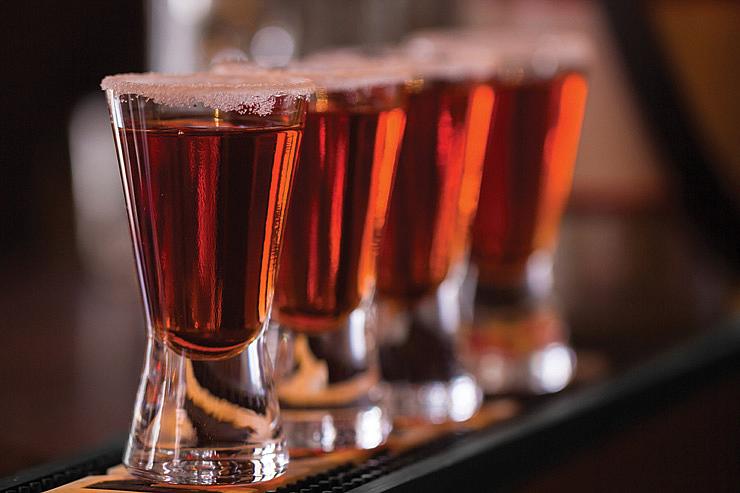How big a problem is Korean American binge drinking?

Photo courtesy of KoreAm Journal
The rate of alcohol consumption among Korean Americans today is the highest among Asian Americans. Among 8,900 adults of five Asian American ethnic groups who participated in last year’s study, 51.8 percent of Korean Americans said that they drink at least once a month. The Japanese, at 49.7 percent, was second on the list behind Koreans, but no other ethnic groups came even close as 42 percent of Chinese answered that they drank in the past month, followed by Filipinos (37.9 percent) and Indians (34 percent). In addition, 24.6 percent of Korean Americans said that they consume over five glasses of liquor in one sitting, which was at least two to three times more than other Asian Americans.
Read about the projects of other 2014 California Health Journalism Fellows.
My goal is to use the salient points from this set of statistics to delve into this issue even further, as binge drinking is widely known to be one of the biggest health-related issues in the Korean American community. By contacting community health agencies and organizations, I would like to humanize those affected by the prevalent overdrinking habits. I believe that the USC Health Journalism Fellowship will provide an ideal educational experience that will help me develop the knowhow to complete this reporting project in the best way possible.
Excessive alcohol consumption has long been problematic in South Korea, where drinking is in the center of workplaces and networking. Strangely enough, Korean Americans, including the ones born and raised in the United States, have somehow adopted this drinking culture.
I plan on contextualizing the alarming findings suggested by the statistics from the study by writing an in-depth feature story to explore the socioeconomic factors behind the Korean American community, and especially in L.A.’s Koreatown, where there seems to be more bars on the streets more than any other businesses. I also noticed that, after living in L.A.’s Koreatown for the last five years, many of the bars there illegally remain open overnight and even serve underage drinkers.
I will interview to those with firsthand experience of seeing how Korean Americans’ drinking habits are damaging the community and what could be done to address this alarming issue. Rather than simply criticizing the community for resorting to alcohol consumption as a stress reliever, or condoning an issue that needs to be addressed, I would like to humanize the affected people in the Korean American community and explain why and how they developed their tendency to drink too often and too much.
I will aim to identify the origins of the prevalent drinking culture among Korean Americans, and the consequences it has created in their community. Binge drinking, as it is commonly known, is closely related to various health problems, but it also reaches beyond physical damage as it affects people’s relationships and sociability. Perhaps not surprisingly, the leading cause of death among both Koreans and Korean Americans is suicide. Furthermore, it wouldn’t come as a shock if I were to discover that binge drinking tendencies of Korean Americans is one of the main causes of other social issues, such as mental health and domestic and street violence. My ultimate goal is to draw connections between the drinking culture in the Korean American community and how it connects to even larger and more detrimental social issues that lead to greater consequences.
